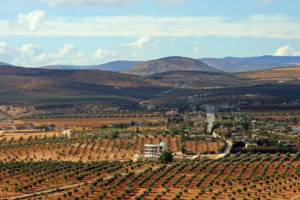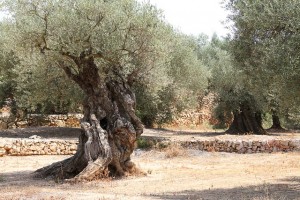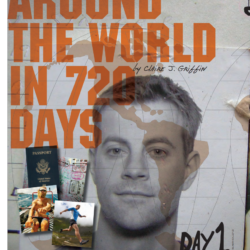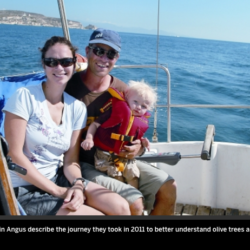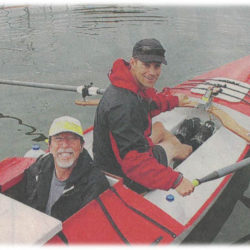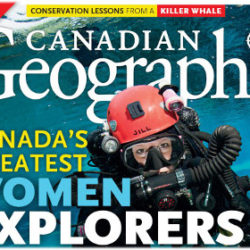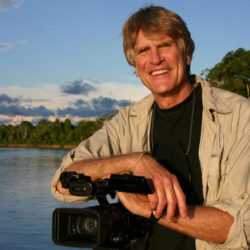Over the last four months olive groves and mills throughout the Mediterranean and California have been frantic with activity, as olives are harvested and pressed into golden and not-so-golden elixirs.
Now is the time to reap the rewards of the olive farmer’s hard work. Never will an olive oil taste as good as when it is freshly pressed. Bottled olive oil does last a year or two, but slowly it loses its flavour and the healthy cancer-fighting polyphenols degrade. So for you gastronomes with an olive oil store in your community, I recommend you visit and try this season’s oils. There is no better way to learn about the subtleties and flavours of the different varieties than directly sipping from the sample containers. Oh, and did I mention you need to slurp vigorously to get full effect?
If you’d like some recommendations on the best olive oils, there is a great international competition held in New York every April. I was pleased to see that one of our favorite producers, Mani Bläuel, an organic cooperative we visited in southern Greece, is an award winner.
My book Olive Odyssey will be published in May, a complete story of the olive from a historical, gastronomical and health perspective. This was an amazing book to write and research, giving Colin and I the opportunity to spend four months sailing a small boat through the Mediterranean learning about olives. In the meantime I thought I’d share a few interesting factoids about the olive.
- It takes 7 kg of olive to make 1 litre of oil.
- Black olives are the same as green ones, just further ripened.
- 88% of the world’s olives are pressed into oil.
- The Jewish celebration of Hanukkah has its roots in olive oil. When the Jews reclaimed an important temple in Jerusalem in the 2nd century BC and lit the holy lamp, the menorah, there was only enough olive oil to burn for one day, but it burned for eight. This miracle led to the creation of the eight-day festival of lights, known as Hanukkah.
- The Garden of Eden’s Tree of Life may have been an olive tree. In a Greek version of the biblical story, Adam asks Eve to return to Eden and beg God to anoint him with oil from the Tree of Life. Since olive oil was used for anointing, it was most likely an olive tree.
- The word “petroleum” stems from the Latin “oleum”, meaning “olive oil”, and Greek “petra”, meaning “stone.”
- The punishment for cutting down an olive tree in ancient Greece was death.
- Numerous scientific studies show olive oil lowers the risk of heart disease and stroke by reducing blood pressure, cholesterol, and atherosclerosis, the fatty buildup on artery walls. But it also plays an important role in preventing cancer, diabetes, Alzheimer’s, rheumatoid arthritis, osteoporosis, depression, dementia, and even cognitive decline associated with aging.
- Olive oil’s health benefits come from being primarily a monounsaturated fat and its phytonutrients including as super antioxidant polyphenols.
- It’s a common myth that you can’t fry with olive oil because the smoke point is too low, but that’s not true. Extra virgin olive oil has a smoke point between 410 and 365 degrees F, depending on the quality (higher quality extra virgin oils have a higher smoke point) and the optimal temperature to fry is 320-350 degrees F. You don’t want to cook food in an oil that has smoked because this means the oil has broken down, forming unhealthy peroxides and free radicals. Frying in olive oil without reaching the smoke point, however, is easy and you still get all the health benefits. There’s nothing better than super healthy fried goodness. Deep fried fish and chips anyone?
Beside slurping back fresh olive oil, we’ve been tracking a few fascinating expeditions, including a unique retirement plan by 67-year-old Aleksander Doba from Poland who is kayaking a very similar route to what Colin and I did across the Atlantic. Last October, Doba pushed off from Lisbon and has been steadily paddling towards Florida. He’s already covered an astounding 4,000 nautical miles and now has only 700 to go. Two years earlier, Doba sailed a kayak across the Atlantic, spending 99 days at sea. If you’re lucky enough to speak Polish, you can check out his blog, otherwise keep your fingers crossed that he makes landfall in early February as planned. Thanks to Piotr Chmielinski for bringing this journey to our attention (for those of you that recognize Piotr’s name, it’s because he’s the legendary kayaker who first paddled the Amazon River and inspired Colin to take on his Amazon journey).



